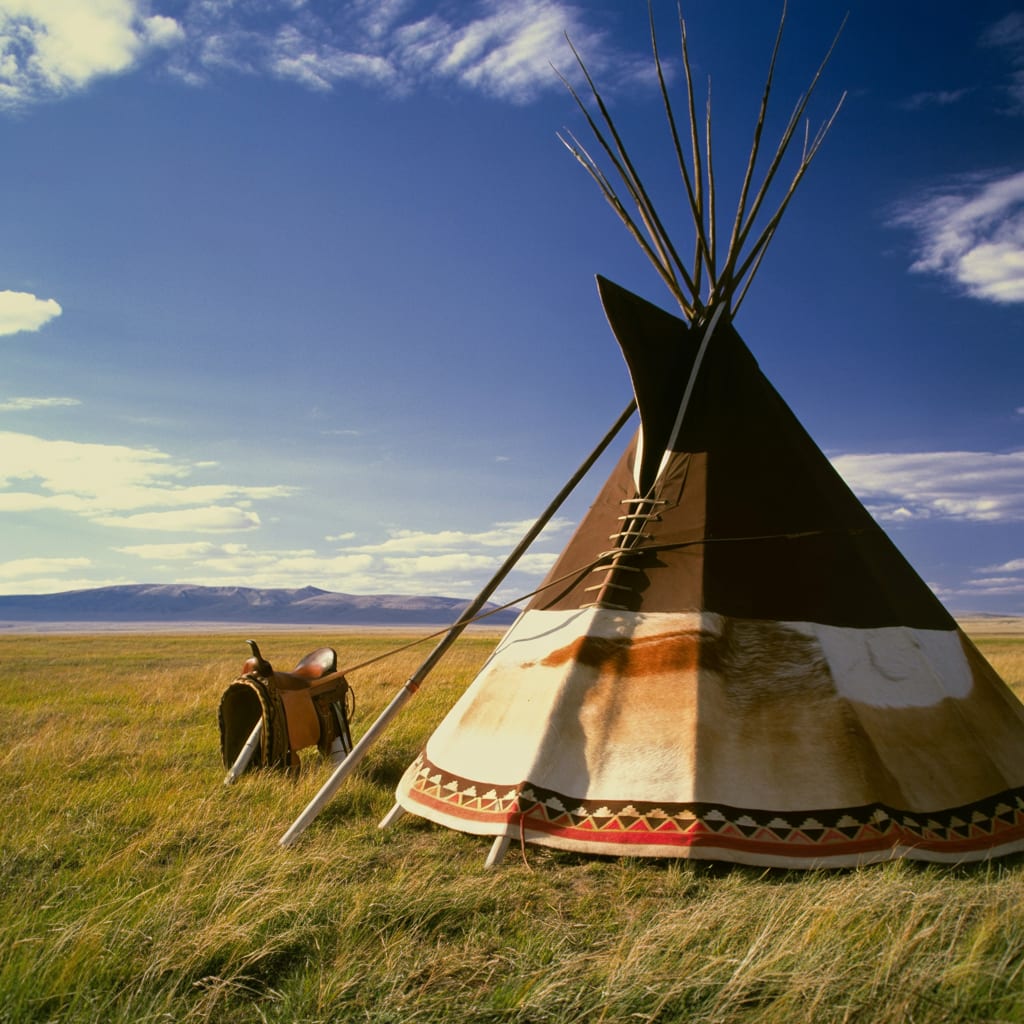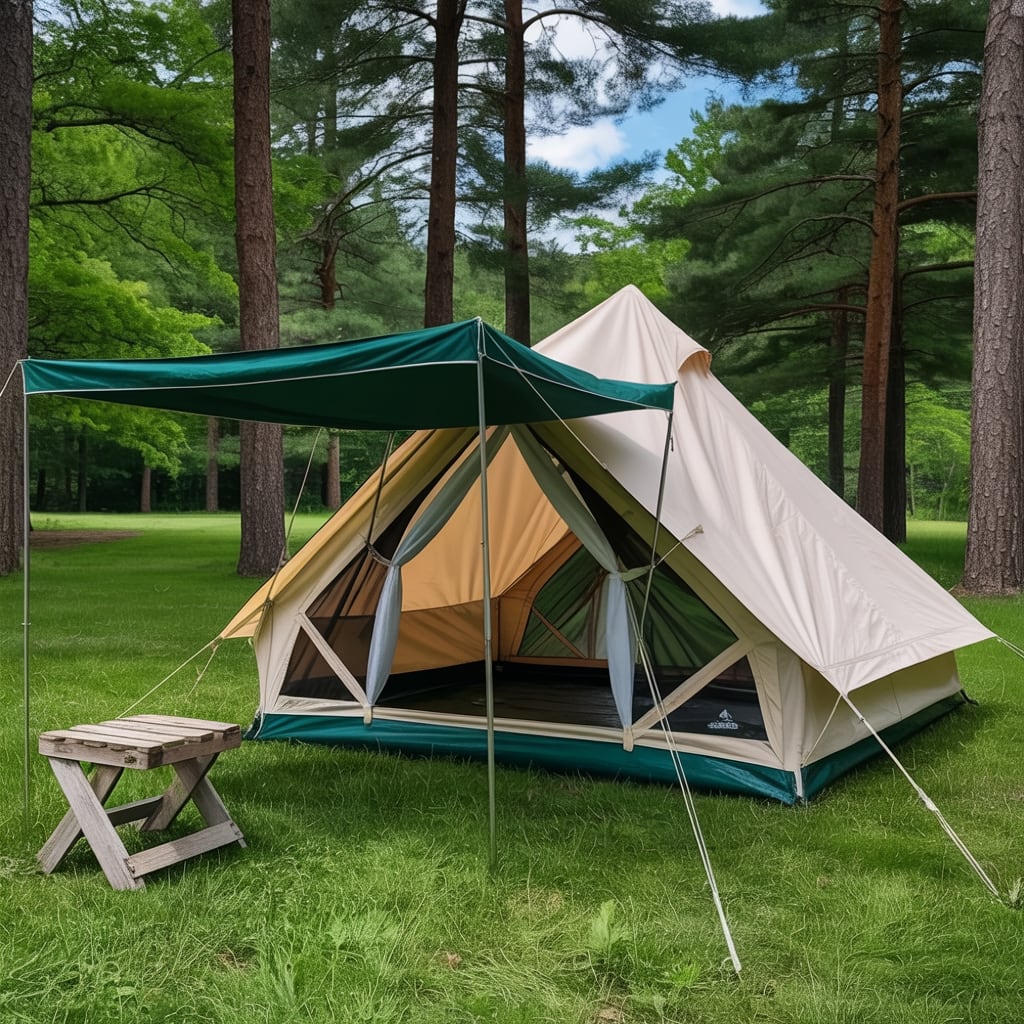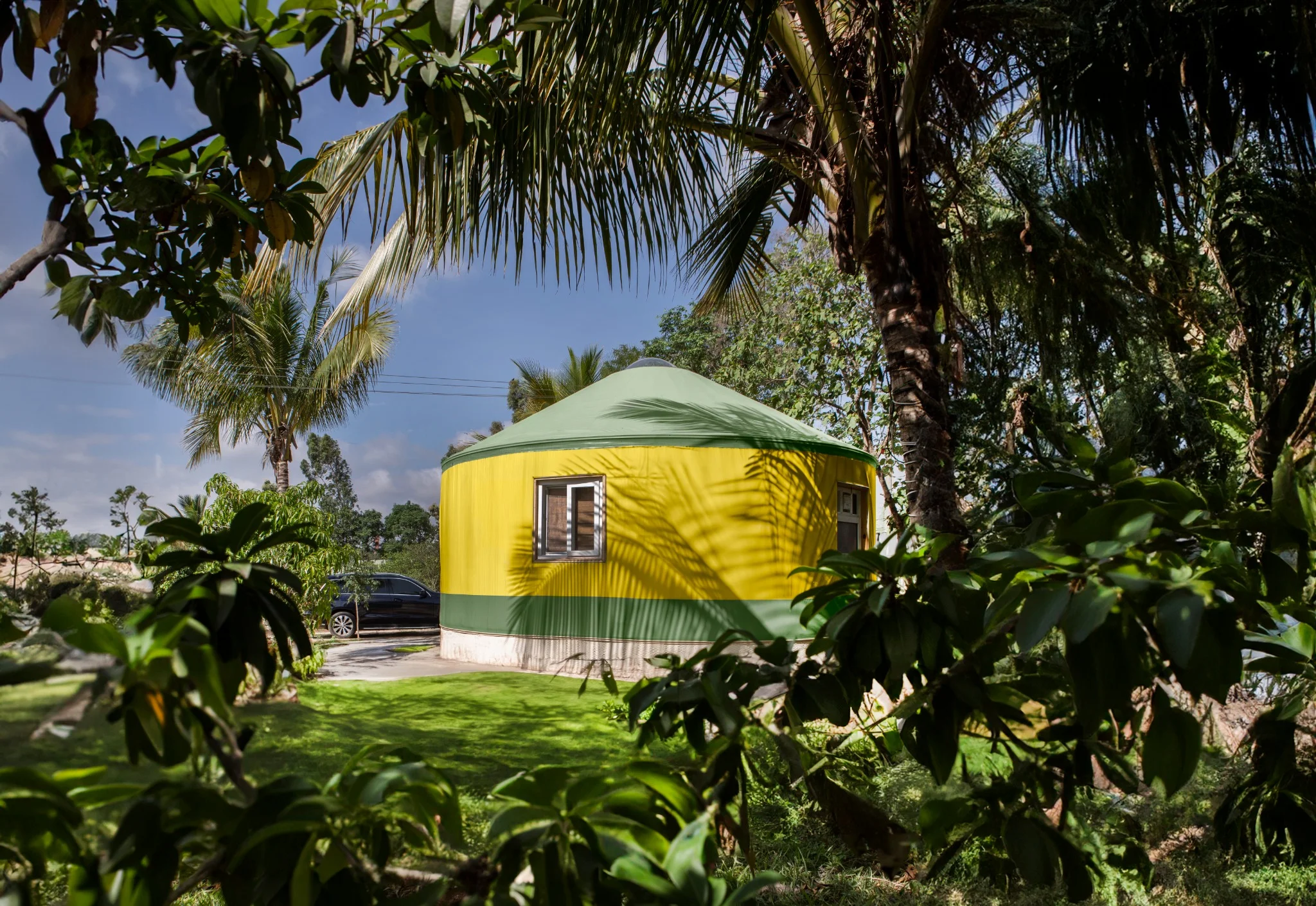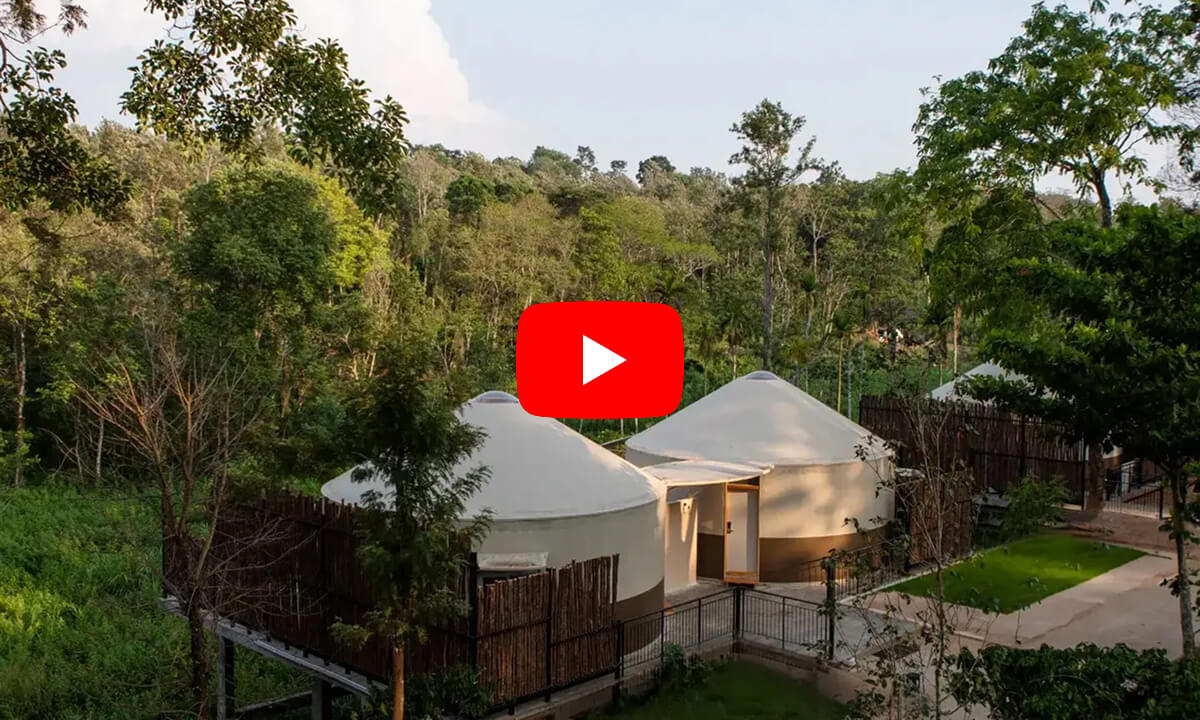Tepee vs Tent: Find Your Perfect Shelter


Quick Overview
Breaking It Down by Feature

Setup & Portability
A Tepee is typically fast to assemble and disassemble, making it convenient for those who need a portable shelter for changing sites. Tent designs vary, but most modern tents are compact and lightweight, making them easy to transport and quick to set up, even solo.
Build Materials & Weather Readiness
Traditional Tepees use natural materials like wooden poles and canvas, providing moderate weather protection best suited for mild to moderate climates. Tents often feature synthetic fabrics and waterproof coatings, offering improved resistance to rain, wind, and a broader range of weather conditions.
Comfort, Insulation & Space
Inside a Tepee, the open central space allows for a fire and some ventilation, but insulation and comfort depend on added linings or mats. Tents usually have structured floors and mesh panels for airflow, with some models offering built-in insulation and more defined sleeping zones for greater comfort.
Maintenance & Lifespan
Tepees require periodic cleaning and may need reproofing or repair of canvas components, but the simple structure can last with attentive care. Tents require maintenance such as seam sealing and airing out after use, and their lifespan depends on material quality and exposure to the elements.
Aesthetic Appeal
The iconic silhouette of a Tepee holds cultural significance and stands out visually, often attracting those seeking a distinctive and meaningful outdoor structure. Tents come in a wide range of shapes and colors, fitting various settings from campsites to backyards, but typically prioritize function over unique visual impact.
Pricing & ROI
Tepees can be more expensive due to the materials and craftsmanship involved, though some see value in their durability and cultural appeal. Tents offer a broad pricing spectrum, with entry-level models being highly affordable and higher-end designs representing a strong return on investment for frequent campers.
Frequenty Asked Questions

Which lasts longer, Tepee or Tent?
A tepee generally lasts longer than a tent due to its sturdy frame and durable materials.
Which is more comfortable for year-round use, Tepee or Tent?
Tepees provide better insulation and ventilation, making them more comfortable for year-round use than most standard tents.
Do Tepee or Tent require a lot of maintenance?
Tepees offer superior comfort in all seasons thanks to better airflow and insulation compared to regular tents.
How well do yurts handle extreme weather compared to Tepee or Tent?
Tepees are usually more comfortable throughout the year because they handle temperature changes better than standard tents.
Do Tepee and Tent need building permits?
For year-round comfort, tepees outperform tents by offering improved ventilation and better protection from both heat and cold.

.png)



